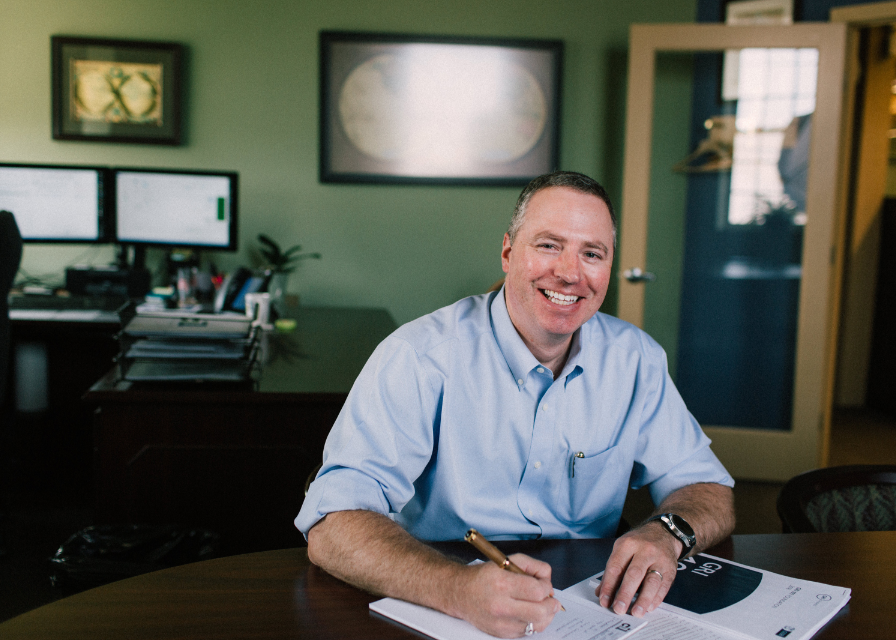[Tools & Resources]

I’ve always thought the future was bright – and I still do.
The path is not always straight and there are ups and downs, but overall, the human race, society, and technology tend to find ways to improve over the long haul – even with the occasional setback.
When I think about creating accessible futures, I’m particularly excited. More than at any time in the past, we are considering the needs of all individuals when envisioning and developing environments that allow everyone to thrive.
The future is no longer seen in a form defined solely by the able majority, but as a place where everyone can be included and contribute.
Society has been shifting towards accessibility in regard to physical disabilities, albeit with varying degrees of success, for quite a long time. Here in the United States, The Americans with Disabilities Act of 1990 (ADA) shone a spotlight on the need and raised the issue in the national psyche. Some other parts of the world haven’t even accepted the need, but some might be moving more quickly to address it. Progress is not consistent, constant, or guaranteed. It’s hard work and we all have to keep pushing forward.
The ADA explicitly prohibited discrimination based on both mental and physical conditions and did not require the condition to be severe or permanent. Unfortunately, even among its strongest supporters it was often easier to describe and explain when dealing with permanent physical conditions. You don’t usually have to go far or look hard to see how much still needs to be changed to sufficiently address those obvious needs and in many cases, mental conditions have not even been considered.
There are so many aspects of an accessible future that need to be addressed. They require diverse expertise and include things like universal design, assistive technologies, inclusive education, changes in employment and workplace, accessibility to healthcare, access to transportation, social and community inclusion, and changes in policies. Viewed from this perspective it would be easy to label our previous efforts as a failure because we clearly haven’t succeeded. I’d like you to consider an alternative view. We have not succeeded in building an inclusive and accessible built environment, but we have not failed, either.
We just aren’t done.
I don’t mean in any way to justify the delays or argue about what could have been done sooner. I’m merely suggesting that we all accept that we can’t change the past, but we can commit to doing more and being better in the future. That’s a core belief at CIL. We appreciate progress that has been made, but we are never satisfied and never finished. We learn, we adapt, we evaluate, and we move forward pushing to do more.
Stop for a moment and think about something that you’ve learned to do better as you’ve gotten more experience and developed better techniques. It can be in your work life, a hobby, or anything where you’ve grown over time. Now think about your first results and consider how you would feel if you produced that same result today. You may have been proud of it back then, but today, you’d be tempted to call it a failure and say it isn’t good enough. That’s because we learn and grow. Society is the same, but it grows and learns much slower than we do as individuals.
It may take a long time, probably too long for some of us to see “success” in our lifetimes, but we owe it to the generations still to come to keep moving toward accessible futures and make their world better than ours. Hopefully, they will take inspiration from our efforts – but not be satisfied. The process will continue, and more and more people will be truly and meaningfully included in society.
That’s the future that excites me and that is why we keep striving for more at CIL.
Please contact us here if we can make this page more accessible for you.











